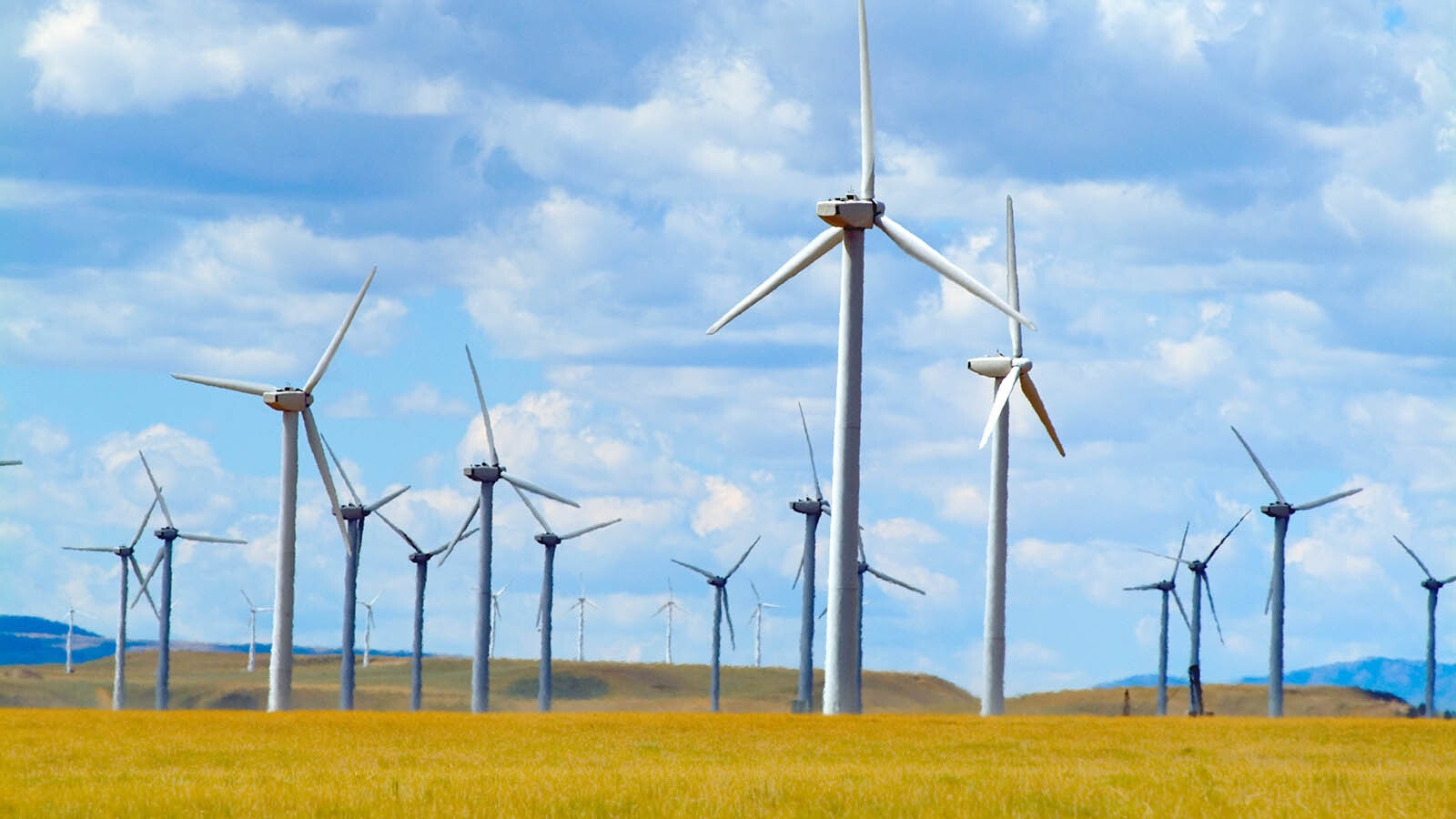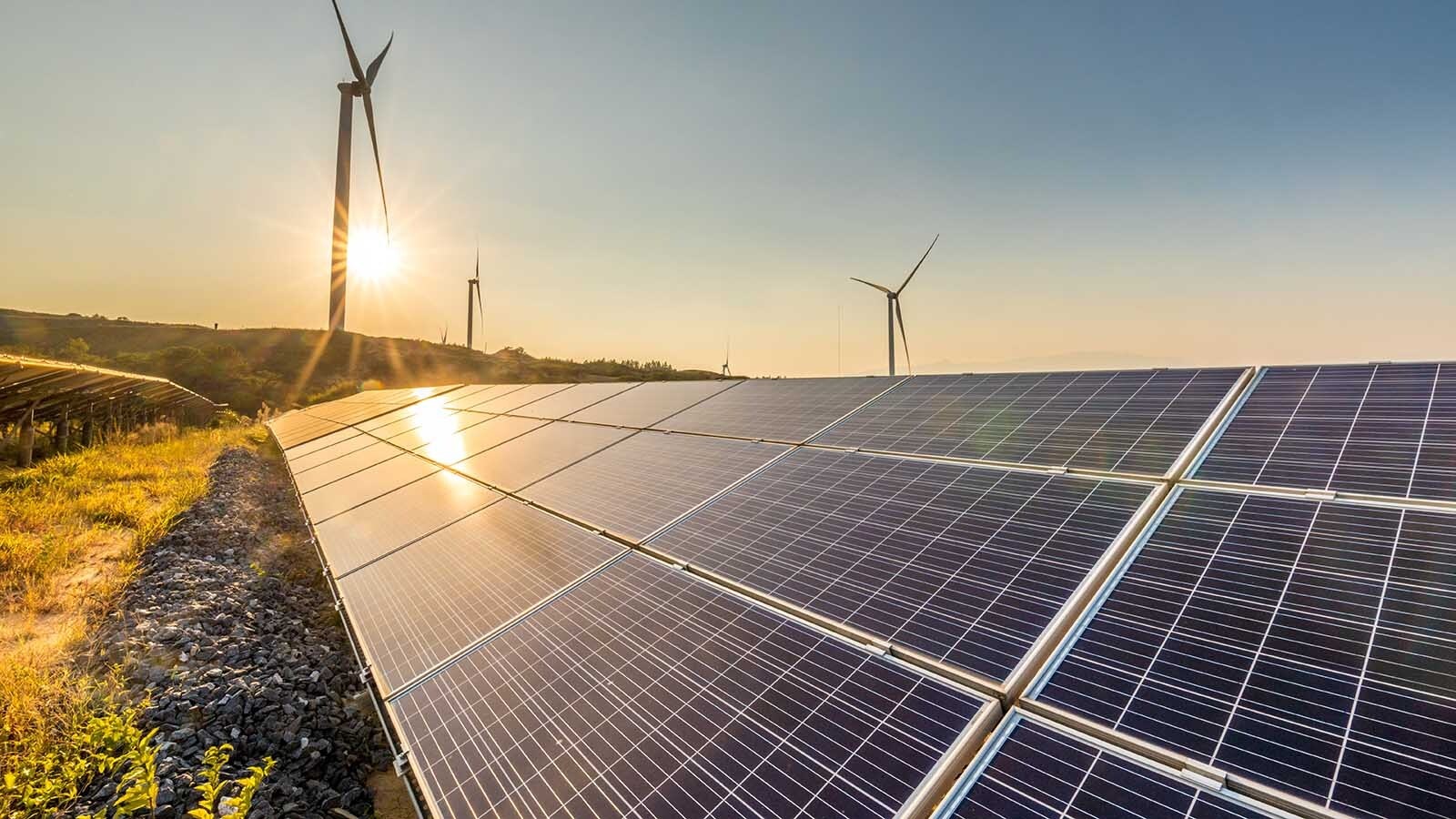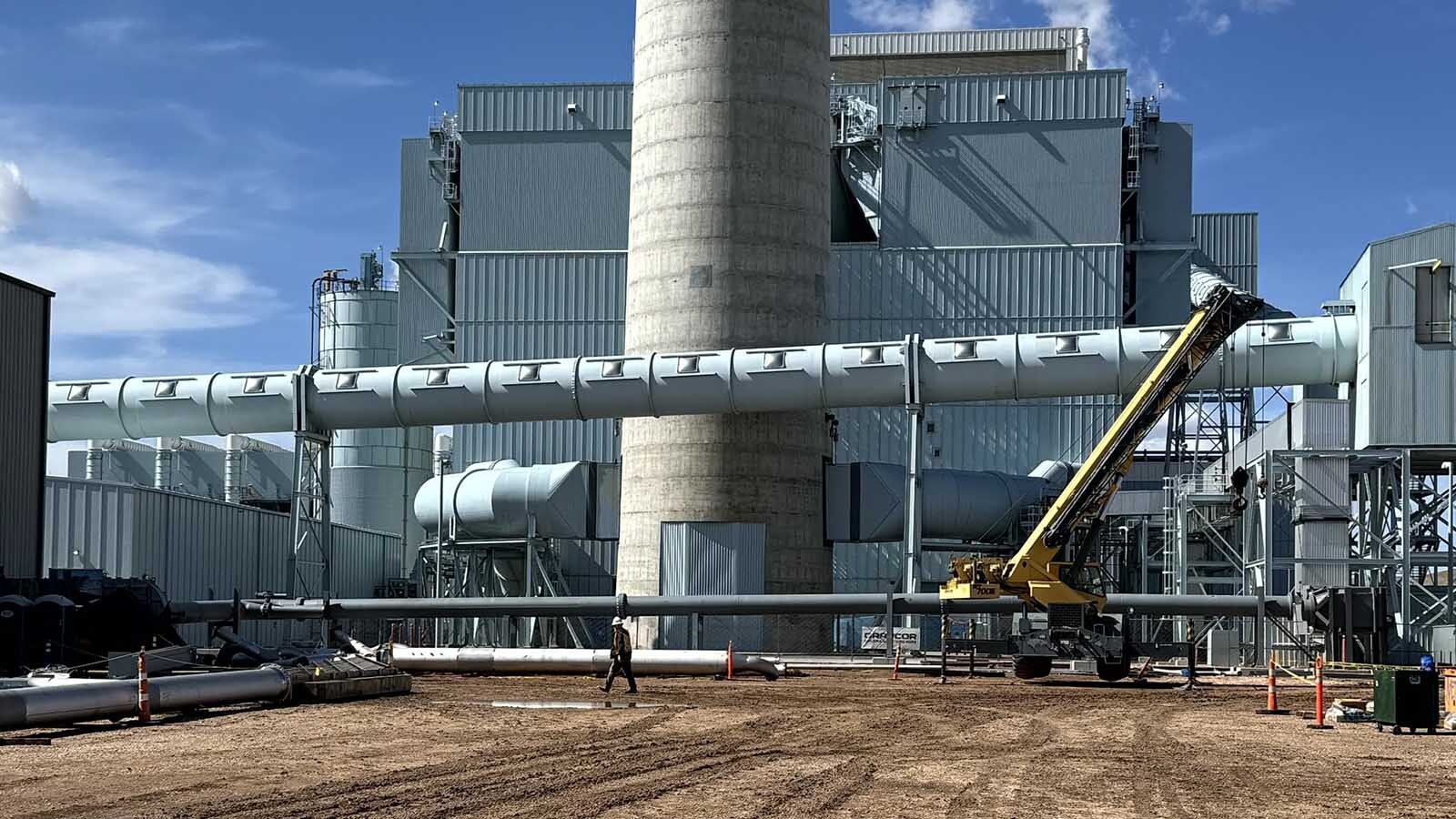A new documentary is trying to start a conversation on climate change and the enormous costs of eliminating fossil fuels.
“A Climate Conversation” premiered at the Heartland Institute’s International Conference on Climate Change in Orlando, Florida on Feb. 24.
The film doesn’t dispute the so-called 97% scientific consensus on climate change, but it’s likely to generate a lot of controversy. It disputes the idea that global warming will produce catastrophic outcomes that justify the cost of transitioning away from fossil fuels to a net-zero economy.
Ron Stein, co-author of the Pulitzer Prize-nominated book “Clean Energy Exploitations” and a registered professional engineer and energy consultant, is among those featured in the film. He told Cowboy State Daily the documentary accomplishes what it set out to do.
“There’s two sides to every story, and you want to hear both sides. Then with that information, you make the decision on which way to go. That was really the intent of the film. It’s got to be a conversation,” Stein said.
Consensus
As it’s generally understood, there’s a scientific consensus on climate change — purported to be supported by 97% of all scientists — which only a handful of kooks dispute.
The consensus studies, such as Doran and Zimmerman (2009) and Cook et al (2016), consistently found that about 97% of scientists agree with anthropogenic global warming, meaning there’s a warming trend that humans are contributing to.
This is the extent of what these studies measure, those featured in the documentary explain. The studies don’t examine whether the scientists believe most or all warming is caused by human activities, whether it’s producing a crisis or if eliminating fossil fuels is a rational way to address the problem.
Wide Net
Gregory Wrightstone, executive director of the CO2 Coalition, who is among those interviewed in the film, said he’d be among the 97%.
“They cast a wide net to capture people they say are part of this 97% consensus. The truth of the matter is, I would be part of the 97%. Why is that? Because I believe that carbon dioxide is a greenhouse gas and causes some warming,” Wrightstone said in the film.
Dr. Matt Wielicki, now an assistant professor in the Department of Geological Sciences at the University of Alabama, was among those who saw the premier in Orlando.
He did not participate in the documentary, but in an interview in December, Wielicki told Cowboy State Daily that the focus on consensus is largely unique to climate science.
“In mathematics, this never happens. For example, there’s never a consensus on special relativity. Every year, there’s 10 groups that are trying to disprove special relativity,” Wielicki said.
Catastrophe Deniers
The documentary does challenge the perspective that carbon dioxide emissions are producing catastrophic changes to weather patterns — or that they ever will.
It’s often reported that hurricanes are increasing in frequency and intensity. The film shows how the media often use hurricane activity since 1980 to show an upward trend in hurricane activity. However, the data since 1920 shows the trend is actually downward.
The documentary isn’t the first to challenge the alarmist narrative on hurricanes. Energy watchdog Michael Shellenberger took the national media to task for this point. In the wake of Hurricane Ian, The Washington Post and Financial Times, among others, reported that hurricane frequency is on the rise.
The journalists reporting the alleged increase relied on National Oceanic and Atmospheric Administration (NOAA) data since 1980. Shellenberger showed that NOAA specifically warns, on the page where the journalists were getting their data, not to use post-1980 data to measure hurricane trends, as that period follows an era of very low hurricane frequency. The uptick after 1980 is just a return to normal levels.
The reporters simply ignored the warning and spread misinformation about climate change, Shellenberger reported.
Other Questions
The documentary also looks at wildfires and shows that the acres burned every year in the U.S. are far fewer than during the 1920s.
There has been an increase in the past couple decades.
Walt Johnson, a career geophysicist and independent geological consultant, explains in the film that this correlates to a period in which environmental regulations limited the number of roads that can be built and logging operations, which he argues led to poor forest management. The lack of good forest management, Johnson said, is what’s causing the increases in forest fires in the last two decades.
Johnson, who is based in Denver, is executive director for the documentary.
Context
The documentary has an emphasis on context.
For example, the experts in the film acknowledge that heat waves are increasing, as are deaths from those events. However, Wrightstone shows peer-reviewed studies that found deaths from cold, which are decreasing, are much higher than deaths from heat. So on the whole, deaths from extreme temperatures are in decline.
Using proxy data, which are ways of measuring past temperatures using indirect methods, Wrightstone explained in the film that temperatures were much higher than they are today at various times in human history, such as during the period of the early Roman Empire. Obviously, the human race survived.
Wielicki recently tweeted about the use of proxy data, which he said provides valuable insights into past climate conditions. But he notes that the data is prone to errors that impact their accuracy and reliability.
He also tweeted positively about the film after he saw the premiere, so in terms of starting a conversation on climate change, the documentary is working.
High Costs
After challenging the alarmist view of climate change, the documentary interviews engineers on their view of a net-zero energy grid, which is presented as a drastic but necessary solution to a great crisis.
Net Zero means that the amount of carbon dioxide that’s emitted is no greater than the amount captured or otherwise offset, such as by planting trees.
Ken Gregory, who earned a mechanical engineering degree from the University of British Columbia,Vancouver, talked about a study he did estimating the cost of replacing all fossil fuel powered electricity in the United States with wind, solar, and batteries.
The price tag comes to $290 trillion, or $1.1 million for each adult in the U.S. The study also estimated the cost of replacing just 50% of electrical generation in the U.S. with wind and solar and backing all that up with coal- and natural gas-powered generation fitted with carbon capture.
That total cost came to $80,000 per adult in the U.S.
Environmental Harm
Stein discussed how environmentally and economically destructive the energy transition could be.
Stein explained there was a time when the globe was at net zero, back in the 1800s.
“Life was hard and people seldom lived to 40, and they very seldom traveled a hundred miles from where they were born. The interesting thing is, the world populated from 1 billion to 8 billion in less than 200 years. It did that right after the discovery of oil,” Stein said in the film.
He then explains all the mining that needs to be done to build wind turbines, solar panel and batteries. Much of this will be done in developing countries, which have fewer environmental regulations or labor protections, where workers mine for extremely low wages and in unsafe conditions.
Stein told Cowboy State Daily he also wanted to get across in the documentary that wind and solar only produce electricity, whereas oil produces thousands of products, including medical devices, pharmaceuticals, cosmetics and eyeglasses.
“If somebody wants to get rid of fossil fuels, one of the questions I asked him, I said, Do you really want to get rid of the medical industry?” Stein said.
People In The Middle
Colton Moyer, who directed and co-wrote the film, told Cowboy State Daily the challenge was taking all these complex issues and boiling them down into an hour-long documentary that will reach those who might not have ever considered the ideas presented.
“We didn’t just want to preach to the choir, but we also know there’s going to be people who won’t give something like this the time of day. So we wanted to reach people in the middle, and, if at the very least, bring some questions to what they are just fed by the mainstream,” Moyer said.
Moyer is co-founder of Denver-based Del Rancho Productions.
Critics are likely to assume the film was financed by the oil and gas industry, but Moyer said the financing was entirely by Johnson.
Moyer and Johnson are currently looking at getting it distributed to a wider audience. So far the only showing was at the conference in Orlando. They’re reaching out to conservative platforms such as The Daily Wire and The Blaze. They would like to reach people of all political persuasions, but they’re being realistic as well.
Wrightstone told Cowboy State Daily that the response to the premiere has been positive.
“Those people would be my harshest critics, and we’ve had overwhelming support from them. They thought it was well done,” he said.





